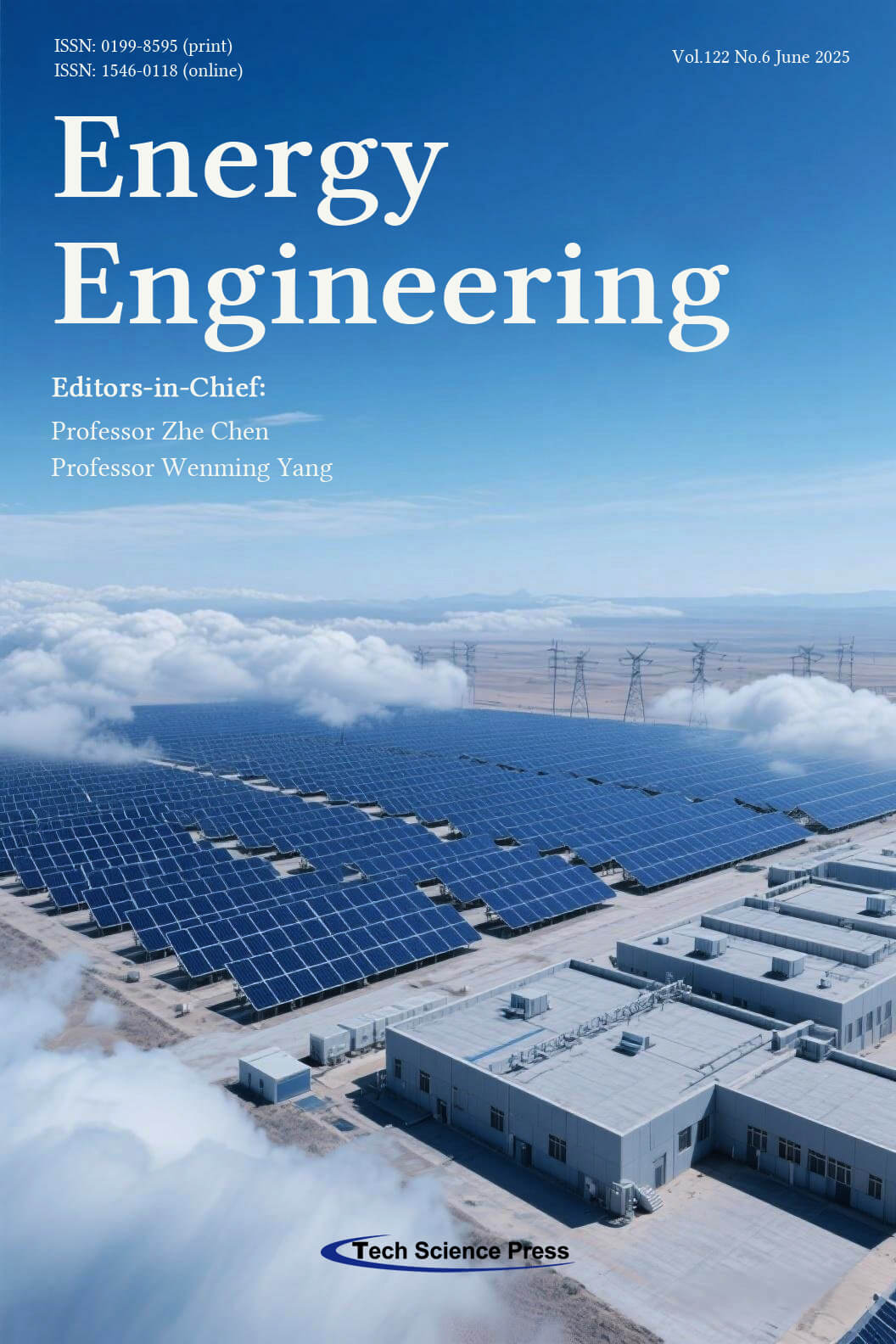
Responding to the stochasticity and uncertainty in the power height of distributed photovoltaic power generation. This paper presents a distributed photovoltaic ultra-short-term power forecasting method based on Variational Mode Decomposition (VMD) and Channel Attention Mechanism. The verification is conducted using a dataset from a distributed photovoltaic power station in the Northwest region of China. The results show that compared with other prediction methods, the method proposed in this paper has a higher prediction accuracy, which helps to improve the proportion of distributed PV access to the grid, and can guarantee the safe and stable operation of the power grid.
This cover image was created using Al-generated content from "JiMeng Al". The authors confirm that no human likenesses, copyrighted elements, or misleading representations are included in the image.
View this paper